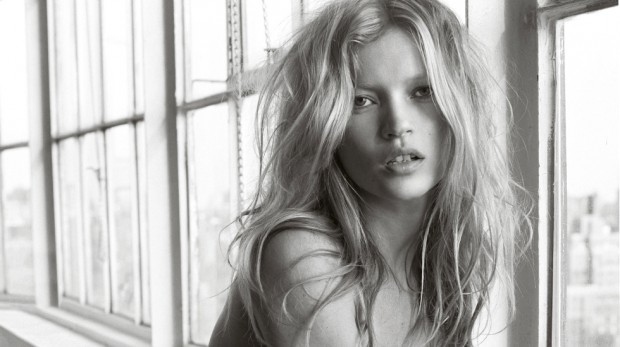 The most recent Hollywood trend tripping out tabloids is size triple zero, designed for an almost skeletal body shape. Meanwhile, the average size of women in the West is steadily increasing, reinvigorating the plus-size industry. LAUREN WISZNIEWSKI reports.
The most recent Hollywood trend tripping out tabloids is size triple zero, designed for an almost skeletal body shape. Meanwhile, the average size of women in the West is steadily increasing, reinvigorating the plus-size industry. LAUREN WISZNIEWSKI reports.
The triple zero size demands a 23-inch waistline, equivalent to that of a six- to eight-year-old. While the #fitspo and #strongandlean tags have united gym bunnies and bros, it seems like the healthy body trend is teetering back into thigh-gap territory, with celebrities finding they can make more headlines out of being scarily skinny. Kate Moss infamously claimed that “Nothing tastes as good as skinny feels” five years ago, and it seems like celebrities have taken her motto to heart. Wake-up-with-abottle-of-Jack Ke$ha,who made her career out of a similarly coked-up I-don’t-give-a-fuck waifdom, spoke last week about her admission to rehab for an eating disorder.“My whole message is to love who you are and accept all your beautiful imperfections,” she said. “When I felt I was slipping into unloving territory with myself, I knew I had to listen to my own advice and correct it.” Despite the self-care advice and Oprahesque wisdom, other celebrities are not following suit.
Yet alongside the rise of eating disorders, we’ve seen the rise of plus-size fashion. The average plus-size model is a dress size between a 12 and a 14. The average-sized Australian woman is between sizes 14 and 16. In spite of this discrepancy, businesses have found that they can make big money out of selling big sizes.
While once being fat was seen as a sign of wealth, modern society sees it as a disease, and many retailers refuse to stock sizes larger than a 12. Cutesy-hipster emporium Modcloth has found that its plus-size shoppers spend more than 25% more per order than straight-size shoppers – most likely because they’re fashion savvy, embracing their shape, and, like most shoppers, trying to look like they aren’t
a hausfrau or wearing a tent. Plus-size clothing still makes up only about 9% of the $190 billion spent annually on clothes, but this low figure isn’t due to the fact plus-sized women aren’t into fashion – fashion isn’t interested in them. Modcloth just celebrated its the first anniversary of its plus-size line, with Chief Creative Officer Susan Koger stating, “There’s no other opportunity like this in fashion right now.” Other brands including ASOS and Forever 21 have followed suit because plus-sized women are throwing their money away.
The triple zero women on the catwalk and in the gossip pages aren’t your average woman, no matter how much big-name designers want you to believe it. Abercrombie And Fitch only offer sizes 0-10, with its CEO notoriously claiming that the chain caters to ‘cool’ and ‘attractive’ kids only. Yet the “size equals prestige” equation doesn’t add up, especially in the wake of a plus-size industry revolution. More and more designers are featuring bigger models. The industry is waking up, but is it waking up fast enough to change women’s perceptions about dangerous thinness?